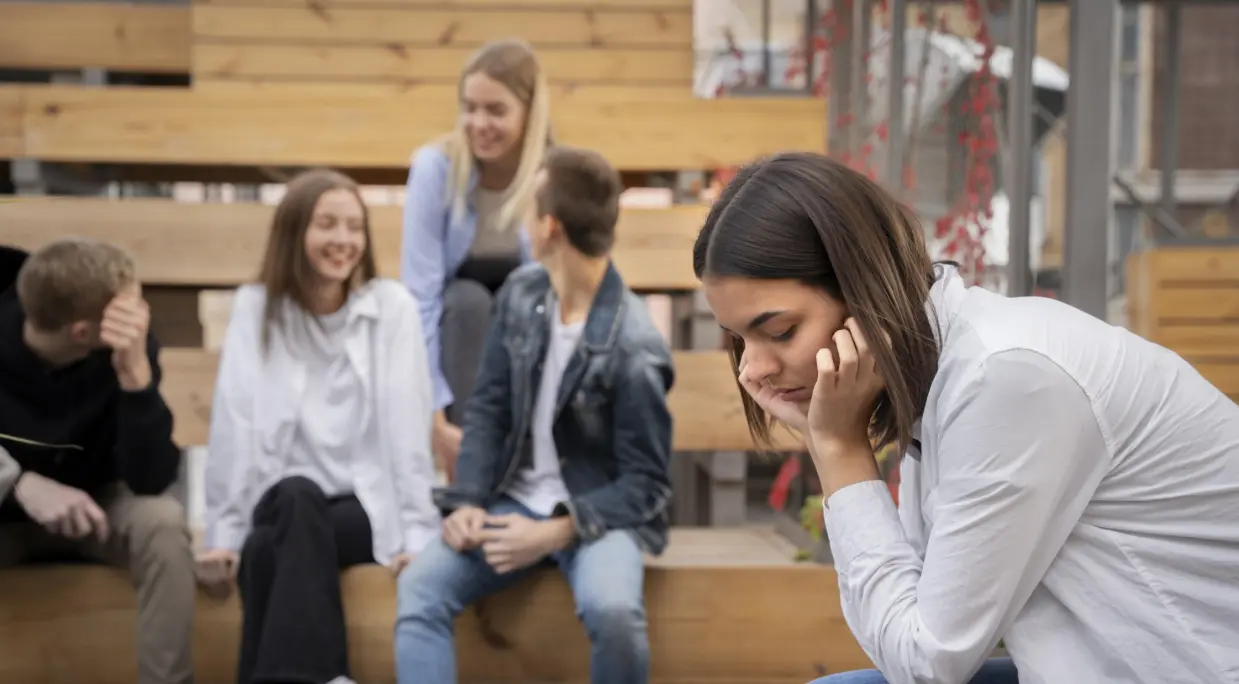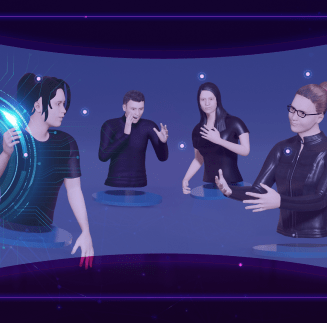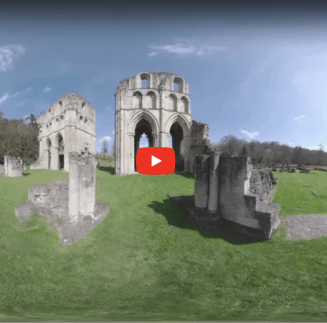Using VR in the Classroom: What Would You Rather?
As a passionate educator, you’ve always sought innovative ways to kindle the fire of curiosity in your students. Your classroom is a playground of knowledge, filled with teaching aids like flip charts, abacuses, globes, flashcards, and whatnot. However, imagine a shift. A transformative choice that amplifies the impact of your efforts manifold. Here’s the question – What would you rather?
Would you rather leaf through the pages of a textbook, or let your students walk through the vibrant ecosystem of the Amazon Rainforest? Would you prefer to diagram the solar system, or let your students enter in space to see the planets themselves? This isn’t just an idea, it’s a reality with Virtual Reality.
Help your learners see and experience concepts in a VR environment! With VR content, let your learners interact in an immersive environment and explore complex concepts up close – a level of engagement that textbooks alone may never provide.
Textbook or tour of the solar system? The rising need for VR in education
The need for VR content in education arises from its ability to provide immersive and interactive learning experiences. VR technology allows students to explore virtual environments, conduct experiments, and engage in simulations that enhance understanding and retention of complex concepts. It provides a safe and cost-effective way to practice skills in fields like medicine and engineering. VR content can also bridge geographical barriers, enabling students to access educational resources and collaborate with peers from around the world. By leveraging VR, education can become more engaging, accessible, and effective, preparing students for the challenges of the future.
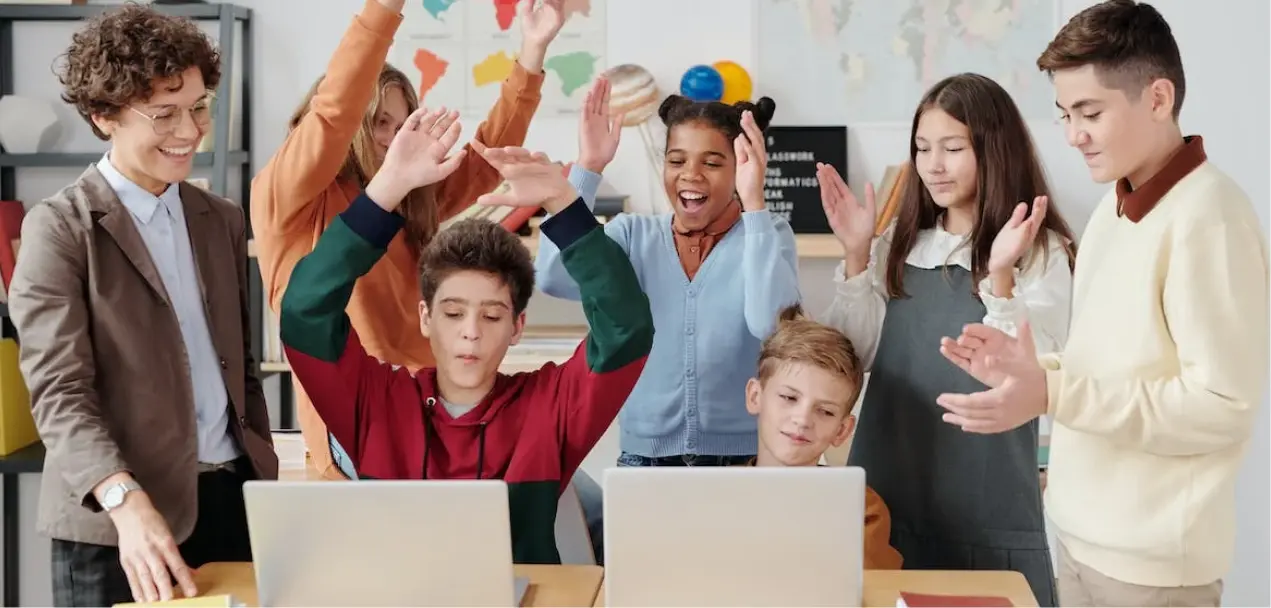
VR in the classroom: The ultimate choice you need to make
Using VR in the classroom can be a great way to enhance learning outcomes, spark curiosity, and keep learners engaged. The platform provides access to a wealth of educational VR experiences covering a wide variety of topics including science, math, technology, design, language learning, and more. Students can learn in a judgment-free environment where they are not judged for the pace at which they learn. They are free to re-watch the content as many times as they want, and teachers benefit from knowing which portions need better clarity. VR content makes it easier for educators to explain complex topics and introduce students to a practical way of learning in a safe environment. VR modules can be a powerful addition to any teaching environment. Students learn better as they go on a virtual journey inside the human body as they learn about the circulatory system, or explore world-renowned monuments as they traverse a virtual tour. The platform offers learning opportunities for students, and provides teachers, parents, and administrators with actionable analytics. Built-in learner feedback and tracked assessments ensure that learners stay on task.
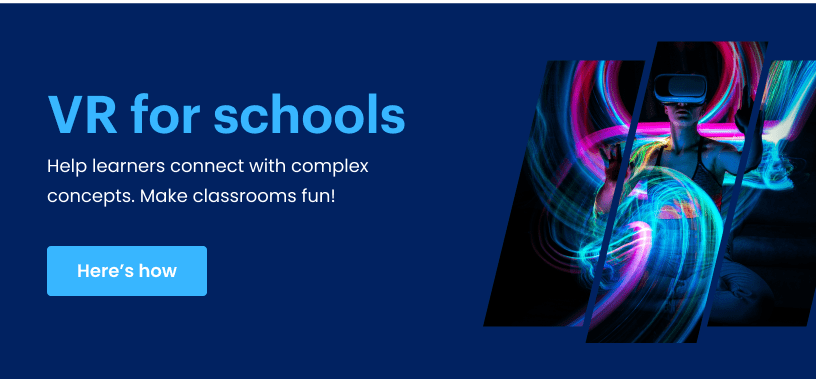
A deeper dive into learning
VR provides a deeper dive into learning by offering immersive and interactive experiences that engage multiple senses and create a sense of presence within the virtual environment. Here's how:
- Experiential Learning: VR allows learners to actively engage with content, rather than passively observing or reading about it. They can explore and interact with virtual objects, environments, and scenarios, which enhances experiential learning. This hands-on approach deepens understanding and knowledge retention.
- Multi-Sensory Engagement: VR integrates visual, auditory, and sometimes haptic feedback to create a rich sensory experience. Learners can see, hear, and sometimes even feel virtual objects, making the learning process more immersive and memorable. This multi-sensory engagement enhances the cognitive connections and understanding of the subject matter.
- Contextual Learning: VR provides a context-rich environment where learners can apply theoretical knowledge in practical situations. For example, medical students can simulate surgical procedures or diagnose virtual patients. This contextual learning bridges the gap between theory and practice, allowing learners to develop critical thinking, problem-solving, and decision-making skills.
- Emotional Connection: VR can evoke emotional responses by placing learners in realistic and emotionally charged scenarios. This emotional connection deepens the learning experience and makes it more impactful.
- Personalized and Adaptive Learning: VR can adapt to individual learners' needs and preferences, providing personalized learning experiences. Learners can navigate at their own pace, revisit challenging concepts, or receive real-time feedback and guidance. This customization promotes deeper engagement and catered learning experiences.
Your choice isn't just about what, but how your learners learn. In the age of rapid technological advancements, embracing tools like VR in your classroom isn't just an option, it's a responsibility. It's an opportunity to engage students in immersive experiences that make learning not just memorable, but truly transformative. VR enables a deeper dive into learning, promoting active participation, multi-sensory engagement, contextual understanding, emotional connections, and personalized experiences. With VR in the classroom, the world becomes a learning playground for learners. Choose VR, and redefine the boundaries of education.
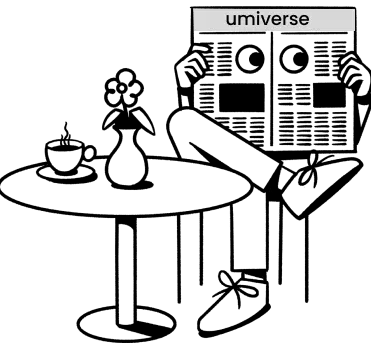
Get stories selected just for you, right in your inbox.

Get stories selected just for you, right in your inbox.
This might interest you
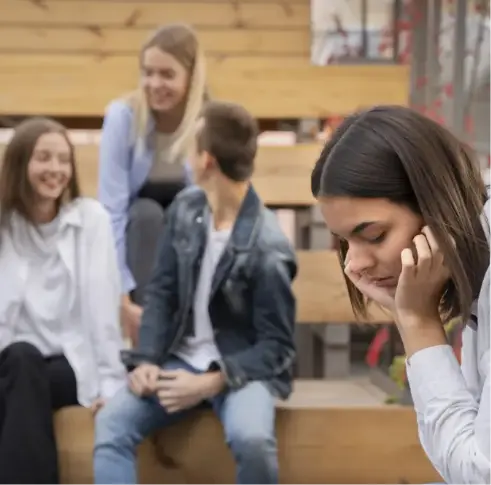
Socially anxious? You are not alone. Thrive in real-life social situations with VR.
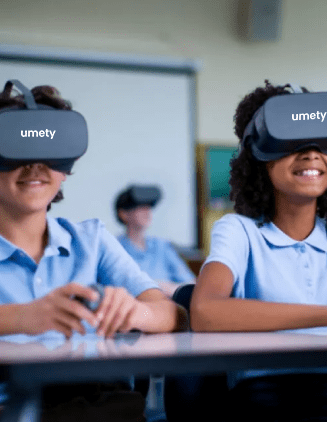
Never a dull moment! VR makes learning easy and fun.




